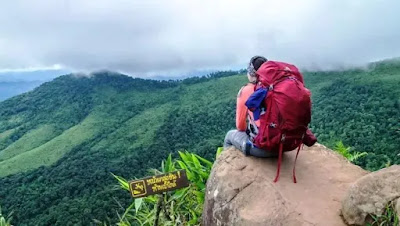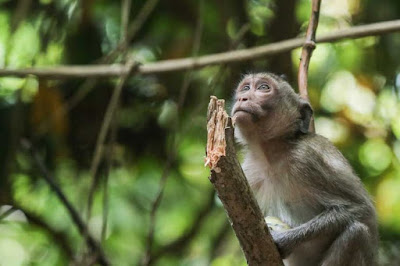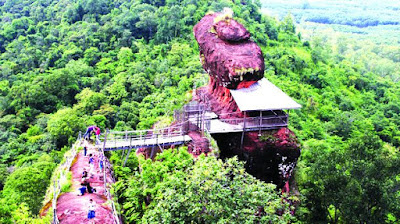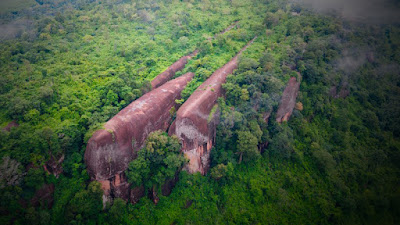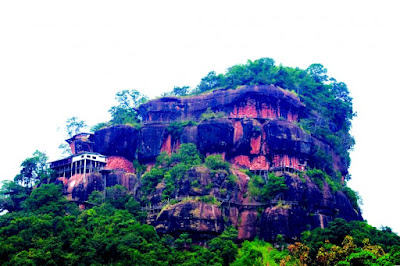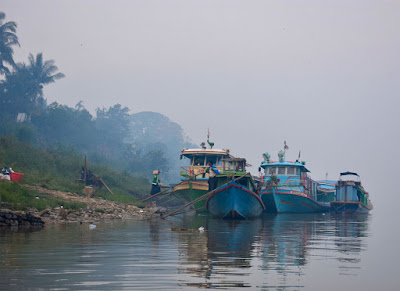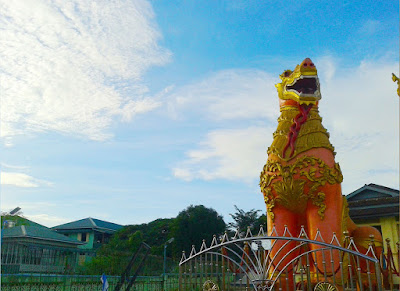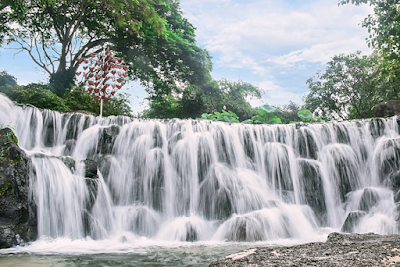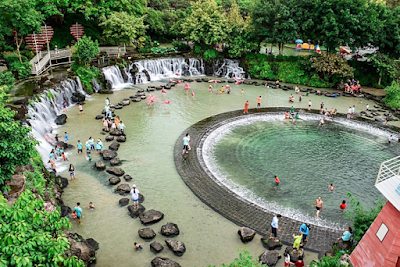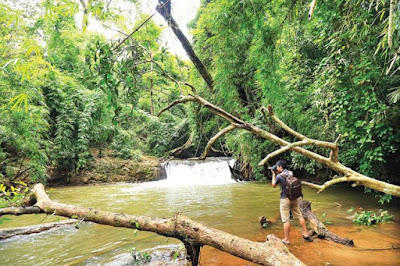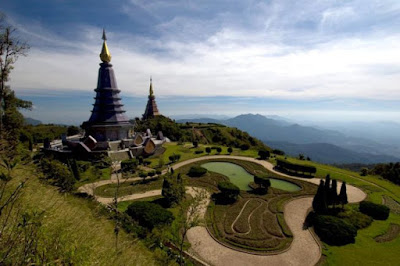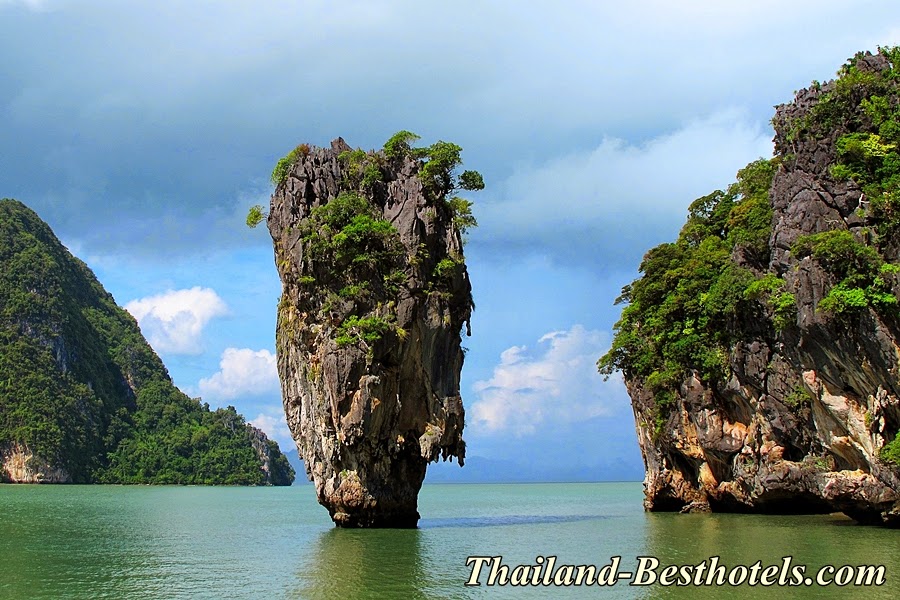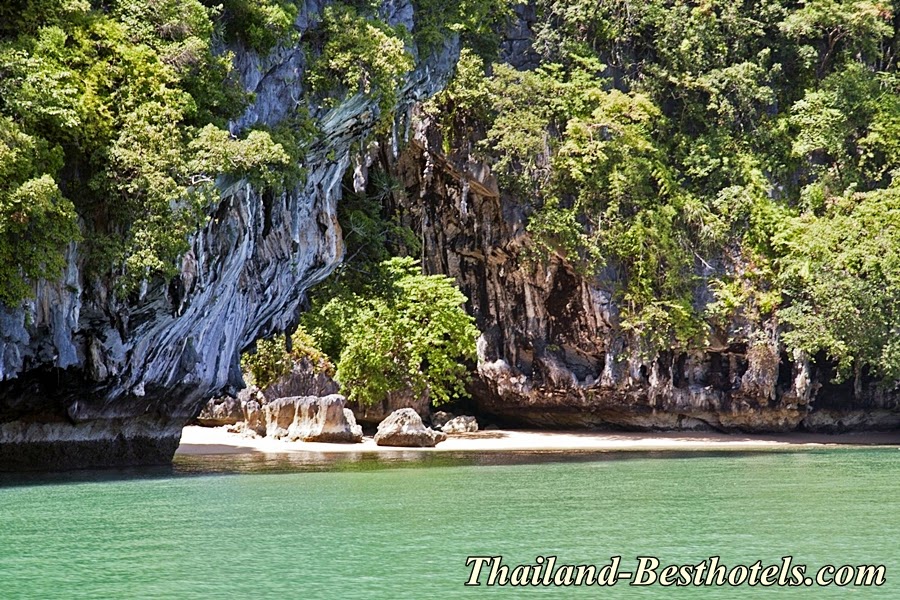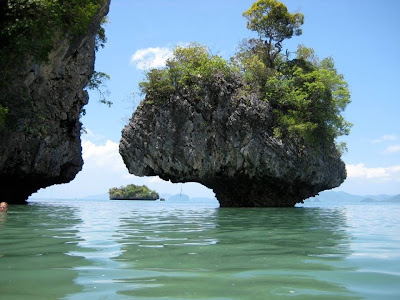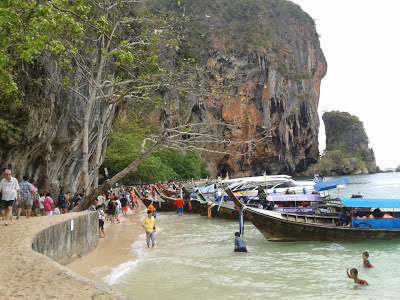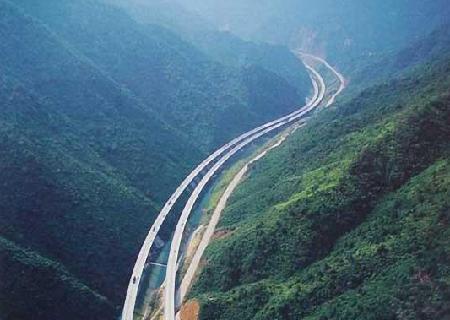“One of the certain measures is that visitors to national parks must make a reservation first. They cannot just walk in.”
Visitors to national parks in Thailand must now make reservations before entering, the Ministry of Natural Resources and Environment says. National Parks are expected to reopen before the end of the month. “However” park visitors must now register to visit amid new post covid-19 rules.
“Online reservations will be required for health reasons,” Environment Minister Varawut Silpa-archa said.
The government’s Centre for Covid-19 Situation Administration (CCSA) is expected to lift many remaining lockdown measures next Friday.
All Covid-19 vulnerable sites including; concert events; pubs and karaoke shops; massage shops; amusement parks and national parks are expected to be reopened.
Mr Varawut said restrictions need to be in place at parks to help visitors to follow social distancing policies.
“By next week, we are going to announce what visitors can and cannot do while visiting the parks,” he said. “One of the certain measures is that visitors to national parks must make a reservation first. They cannot just walk in.”
Controlling the number of national park visitors
He said the Department of National Parks (DNP) will use a sophisticated reservation system to control the number of park visitors. The minister said visitors will be required to check in via the “Thai Chana” mobile application.
“I understand that there will be problem at the early stage of implementation so we are going to have a hotline to provide information for those who are in need,” he said.
He also said the reservation and check-in system is likely to be implemented until Covid-19 is under control.
The DNP will also consider using both measures in a bid to keep the number of park visitors at an safe level. Even more so the ecological system will not be strained.
He said the two-month lockdown of the Covid-19 crisis has also allowed time for ecology in national parks to recover. The ministry is also considering new land zoning plans for national parks.
According to the Bangkok Post each national park in Thailand will have zoning regulations based on public accessibility.
Health Department Wants Tracking for Beaches and Tourist Spots
Thailand’s health department has made calls for limiting the number of visitors to tourist spots to prevent a possible surge in Covid-19. The concerns also come as Thailand’s government prepares to allow more businesses and activities to reopen ahead of schedule.
Dr. Panpimol Wipulakorn head of Thailand’s health department has said that even though some restrictions on domestic travel have been relaxed, travelers should adopt “new normal”.
People need to continue to practices and maintain social distancing and safety precautions. And above all continue wearing masks and sanitizing their hand wherever they go.
Face Masks on Beaches
For the next phase of lockdown easing, it may be necessary to curb the number of visitors to tourist spots. Similar to limiting the number of people going to shopping malls, Dr Panpimol said.
She added that local governments should control the number of visitors to beaches in their respective provinces. Above all to prevent overcrowding and improper social distancing. Tourists and workers in the service industry should also be required to wear masks while on the beaches, Dr Panpimol said.
Hand sanitizer should also be provided for visitors while toilets and bathrooms on beach fronts should be cleaned every two hours, she said. She also believes visitors should have to check in and out at beaches.
Source - The Chiang Rai Times
Visitors to national parks in Thailand must now make reservations before entering, the Ministry of Natural Resources and Environment says. National Parks are expected to reopen before the end of the month. “However” park visitors must now register to visit amid new post covid-19 rules.
“Online reservations will be required for health reasons,” Environment Minister Varawut Silpa-archa said.
The government’s Centre for Covid-19 Situation Administration (CCSA) is expected to lift many remaining lockdown measures next Friday.
All Covid-19 vulnerable sites including; concert events; pubs and karaoke shops; massage shops; amusement parks and national parks are expected to be reopened.
Mr Varawut said restrictions need to be in place at parks to help visitors to follow social distancing policies.
“By next week, we are going to announce what visitors can and cannot do while visiting the parks,” he said. “One of the certain measures is that visitors to national parks must make a reservation first. They cannot just walk in.”
Controlling the number of national park visitors
He said the Department of National Parks (DNP) will use a sophisticated reservation system to control the number of park visitors. The minister said visitors will be required to check in via the “Thai Chana” mobile application.
“I understand that there will be problem at the early stage of implementation so we are going to have a hotline to provide information for those who are in need,” he said.
He also said the reservation and check-in system is likely to be implemented until Covid-19 is under control.
The DNP will also consider using both measures in a bid to keep the number of park visitors at an safe level. Even more so the ecological system will not be strained.
He said the two-month lockdown of the Covid-19 crisis has also allowed time for ecology in national parks to recover. The ministry is also considering new land zoning plans for national parks.
According to the Bangkok Post each national park in Thailand will have zoning regulations based on public accessibility.
Health Department Wants Tracking for Beaches and Tourist Spots
Thailand’s health department has made calls for limiting the number of visitors to tourist spots to prevent a possible surge in Covid-19. The concerns also come as Thailand’s government prepares to allow more businesses and activities to reopen ahead of schedule.
Dr. Panpimol Wipulakorn head of Thailand’s health department has said that even though some restrictions on domestic travel have been relaxed, travelers should adopt “new normal”.
People need to continue to practices and maintain social distancing and safety precautions. And above all continue wearing masks and sanitizing their hand wherever they go.
Face Masks on Beaches
For the next phase of lockdown easing, it may be necessary to curb the number of visitors to tourist spots. Similar to limiting the number of people going to shopping malls, Dr Panpimol said.
She added that local governments should control the number of visitors to beaches in their respective provinces. Above all to prevent overcrowding and improper social distancing. Tourists and workers in the service industry should also be required to wear masks while on the beaches, Dr Panpimol said.
Hand sanitizer should also be provided for visitors while toilets and bathrooms on beach fronts should be cleaned every two hours, she said. She also believes visitors should have to check in and out at beaches.
Source - The Chiang Rai Times
